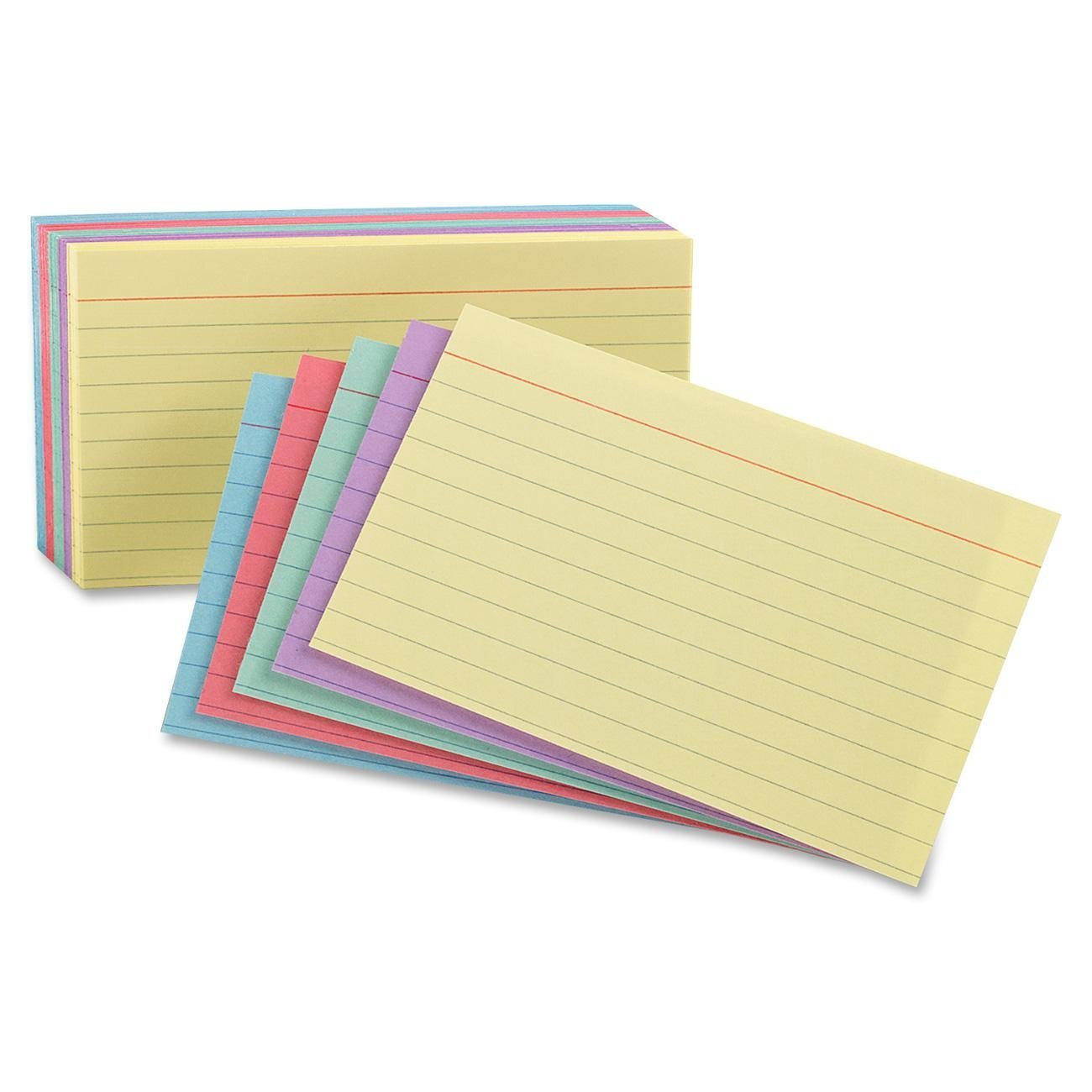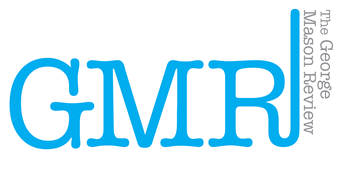This post provides a brief outline on how you could introduce writing to your course. How could you adapt this exercise to different contexts and disciplines? Tom Sura’s essay on notecard writing is another great way to have low-stakes writing in the classroom.
Tag: composition
Categories


